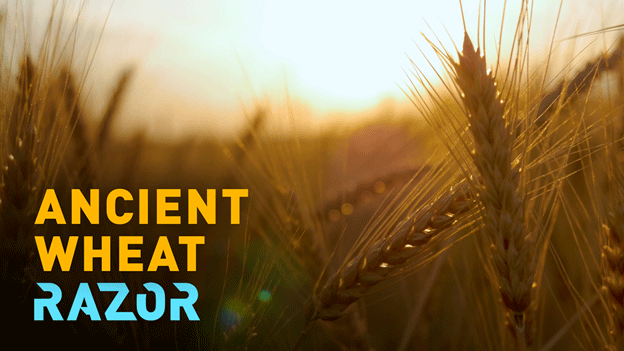For over 10,000 years, wheat has been a cornerstone of human agriculture. Today, one in every five calories consumed globally comes from wheat, making it an essential crop for human sustenance. However, the modern varieties that dominate agriculture today are increasingly vulnerable to diseases and environmental challenges, threatening global food security.
In response to these growing issues, a collaboration between British and Chinese scientists is exploring the potential of ancient wheat varieties, which have been displaced by modern, high-yielding strains. This research, led by teams from the John Innes Centre in Norwich, UK, and the Agricultural Genomics Institute in Shenzhen, China, aims to uncover valuable traits hidden in the genes of wheat grains preserved for over a century.
The Watkins Collection: A Genetic Time Capsule
At the heart of this research is the Watkins Collection, housed at the John Innes Centre. The collection was established by pioneering botanist Arthur E. Watkins in the early 20th century and contains over 800 ancient wheat varieties from around the world. These grains, which have remained untouched by modern breeding practices, offer a genetic time capsule that could hold the key to solving current agricultural challenges.
Dr. Simon Griffiths, lead researcher at the John Innes Centre, explains how scientists have already identified important traits in ancient wheat varieties, including resistance to salt and slugs, which could be crucial for developing more resilient wheat crops in the future. These traits, largely lost in modern wheat through years of selective breeding for higher yields, offer a glimmer of hope for farmers facing increasingly unpredictable climates.
Sequencing the Genetic Code of Wheat
Professor Shifeng Cheng from the Agricultural Genomics Institute in Shenzhen is leading the charge on sequencing the DNA of all 827 bread wheat varieties in the Watkins Collection. By mapping the full genetic code, Cheng’s team is identifying which genes are responsible for the beneficial traits found in ancient wheat. This work provides a genetic blueprint that scientists can use to reintroduce these traits into modern wheat varieties.
One area of particular interest is the potential for disease resistance. Wheat blast and fusarium head blight are devastating fungal diseases that can wipe out entire fields of wheat. Professor Paul Nicholson from the John Innes Centre is studying how genes from ancient wheat could offer natural resistance to these diseases, reducing the need for chemical fungicides and improving crop yields in vulnerable regions.
The Future of Wheat Farming: Merging the Old with the New
As climate change accelerates and global populations grow, the need for resilient crops becomes more urgent. By tapping into the genetic diversity of ancient wheat varieties, researchers believe they can help create future wheat crops that are not only higher yielding but also better suited to withstand pests, diseases, and extreme weather conditions.
This research highlights the importance of genetic diversity in agriculture. Modern farming practices have, in many ways, narrowed the genetic pool of wheat, leaving crops more vulnerable to emerging threats. The Watkins Collection serves as a reminder of the vast untapped potential within ancient grains, offering a path forward for more sustainable and secure agriculture.
Ancient Solutions for Modern Problems
The work being done by scientists in the UK and China is a powerful example of how looking to the past can provide solutions for the future. As modern wheat struggles to cope with the demands of industrial farming and climate change, the genetic traits found in century-old grains may be key to developing more sustainable and resilient wheat varieties. By merging ancient genetic wisdom with modern technology, we can better prepare for the agricultural challenges ahead.
Error





